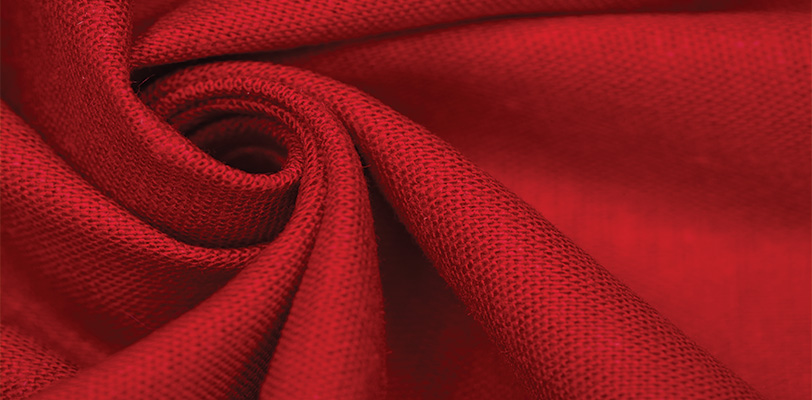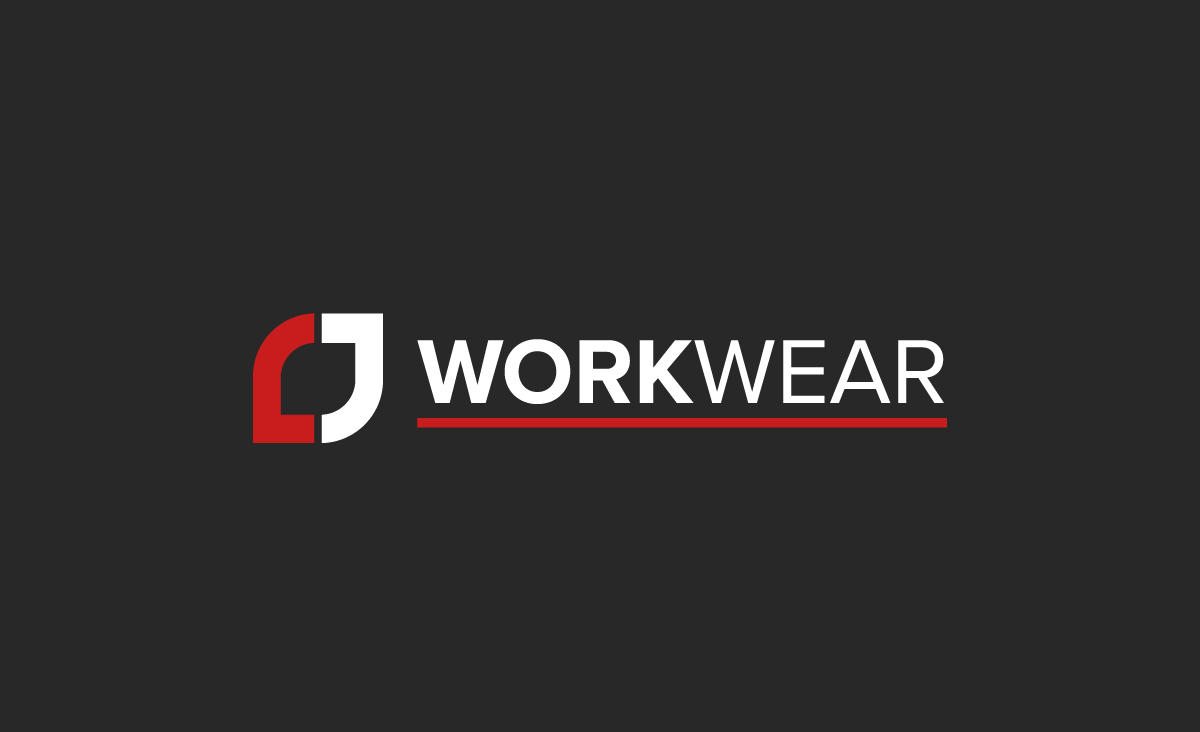When you are looking for high quality workwear, there are a few things you need to consider. Will the clothes be comfortable to work in for a long period of time? How well do they brand-up? How easy are they to clean? Perhaps most important of all, however, how durable are they?
These are all important questions when you are choosing your workwear – and their answers are all related. The answer lies in the materials that you use for your workwear.
What makes a Garment Durable?
Whether your work clothing is durable depends on a few factors. These are the materials, the weight of the fabric and the job you are doing in the clothing.
What makes workwear comfortable?
What we find comfortable is, of course, individual. However, the fabrics that your workwear is made from can make a difference to comfort. Generally, the lighter the weight and the stretchier the fabric, the more comfortable.
Which materials do we use?
There are two basic materials that are used in almost all workwear: Cotton and Polyester and Polycotton. A combination of these two materials adds durability, comfort and strength to your workwear. Additionally, elastane, Viscose and Spandex can be added to make garments stretchier.
Each material that you use in your workwear gives different properties to the garment. Briefly, these are:
In combination, these three fabrics make your workwear durable, easy to clean and comfortable.
How heavy are different fabrics?
One factor we have not considered is Garment Weight. Garment weight is measured in GSM. This means Grams per Square Meter. This refers to the weight of the material used. Fabrics with a lower GSM tend to be lighter, and those with a higher GSM are heavier. Workwear tends to be around 200 GSM and above.
The higher the GSM – and therefore the thicker the material – the more suitable for embroidery. Garments that have a GSM of less than 180 are not generally suitable for embroidery. Because they are so light, the process can cause damage to the fabric and put holes in it.
Sustainable Workwear
Choosing the right workwear is not just about how the garment fits. It is also about considering its effect on the planet. Different materials have a different effect on the planet. If produced ethically, cotton can be environmentally sound. Polyester can have a negative environmental impact if it is not recycled correctly, however it is straight forward to do so.
Aside from materials, one of the main ways of making workwear more sustainable is to make it more durable. More durable workwear lasts longer without needing to be replaced. That means that producers of cotton don’t need to use as much water. It means that less polyester needs to be recycled. It is also cheaper for you.
Workwear from LJ Workwear is durable, comfortable, and doesn’t need to harm the environment. With our workwear embroidery service, you can personalise everything to your company branding, without sacrificing durability or comfort.



